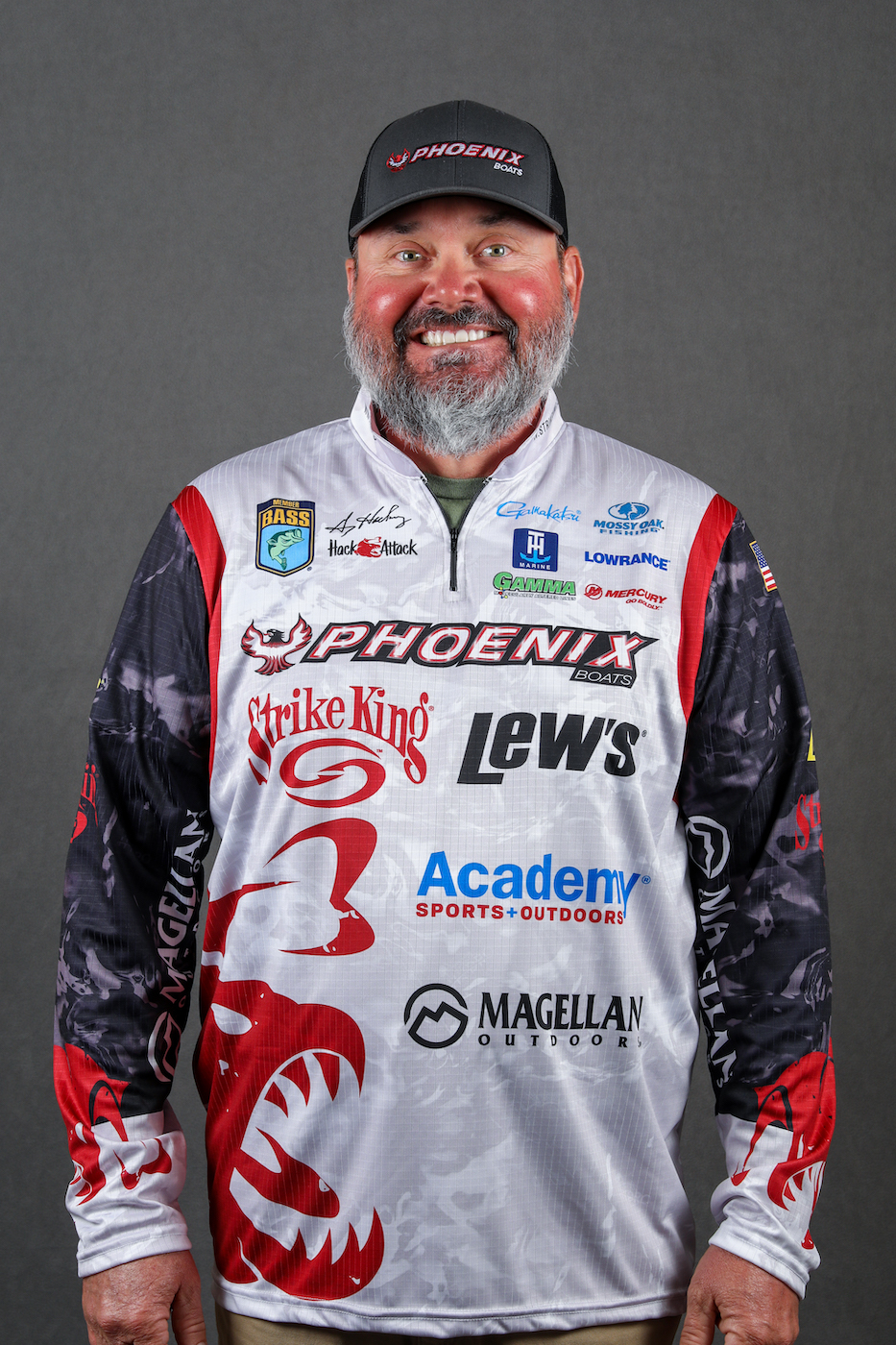Fishing channel swings in the winter can be productive, but only if you fish the right one. That begins with understanding what a channel swing looks like from under the water.
Almost all swings are characterized by a flat side on the inside and a steep side on the outside. This makes sense if you think about water running along the channel. The most wash-out will happen where there’s the most water movement and pressure. That’s on the outside edge. The least wash-out will happen where there’s the least water movement and pressure. That’s on the inside.
It’s wintertime, so we’re going to look at those outside edges. The inside edges will produce when the weather and the water is warm, but that’s not in January.
I like to start my search – especially when I’m fishing a highland reservoir – at the last channel swing in the back of a creek or a cut just before it flattens out and runs up against the shore. At that point the channel will usually be pretty close to the bank on the steep (outside) side.
With most of the places I’m describing you’ll see some sort of a terrain change. It might be rock to mud, mud to sand or a collection of chunk rock up against something else. And, there’ll almost always be some wood or debris that’s washed into the channel that’s lying on the bottom.
If you can find stumps or standing timber that’s all the better, but that’s getting harder and harder to find with the aging of our reservoirs.
You can find the same thing out in the main lake on some waters. They’ll produce, but I’m of the opinion that the best areas are those that are protected from the worst of the elements. I don’t think bass are much different than us. When the weather turns bad, we want to be out of it as much as possible. So do they.
My first choice of lures is usually a jig for what I’m talking about. I like black or black and blue in the winter. I think they can see it and those colors look like something that’s been in the water all year and is just trying survive the winter. Fish it real slow, just crawling it along the bottom. Make sure you cover your water completely and let the fish look at it from more than one direction or angle.
Another good choice is a crankbait. I like something subtle – no rattles, small body and that’ll get down deep. My preference is a Strike King Series 3. My best colors are crayfish reds, shad of some sort or a splatter back. Avoid anything that has a bright, shiny finish to it. Stuff that’s living in the water in the winter is dull looking.
A third choice that’ll catch them occasionally is a suspending jerkbait. Make sure your lure isn’t too big, suspends correctly and is dull looking. Fish it slow with long pauses between twitches.
What I’ve said this week is basically the way I do it. Over the years it’s helped me catch them. I hope it helps you, too.





